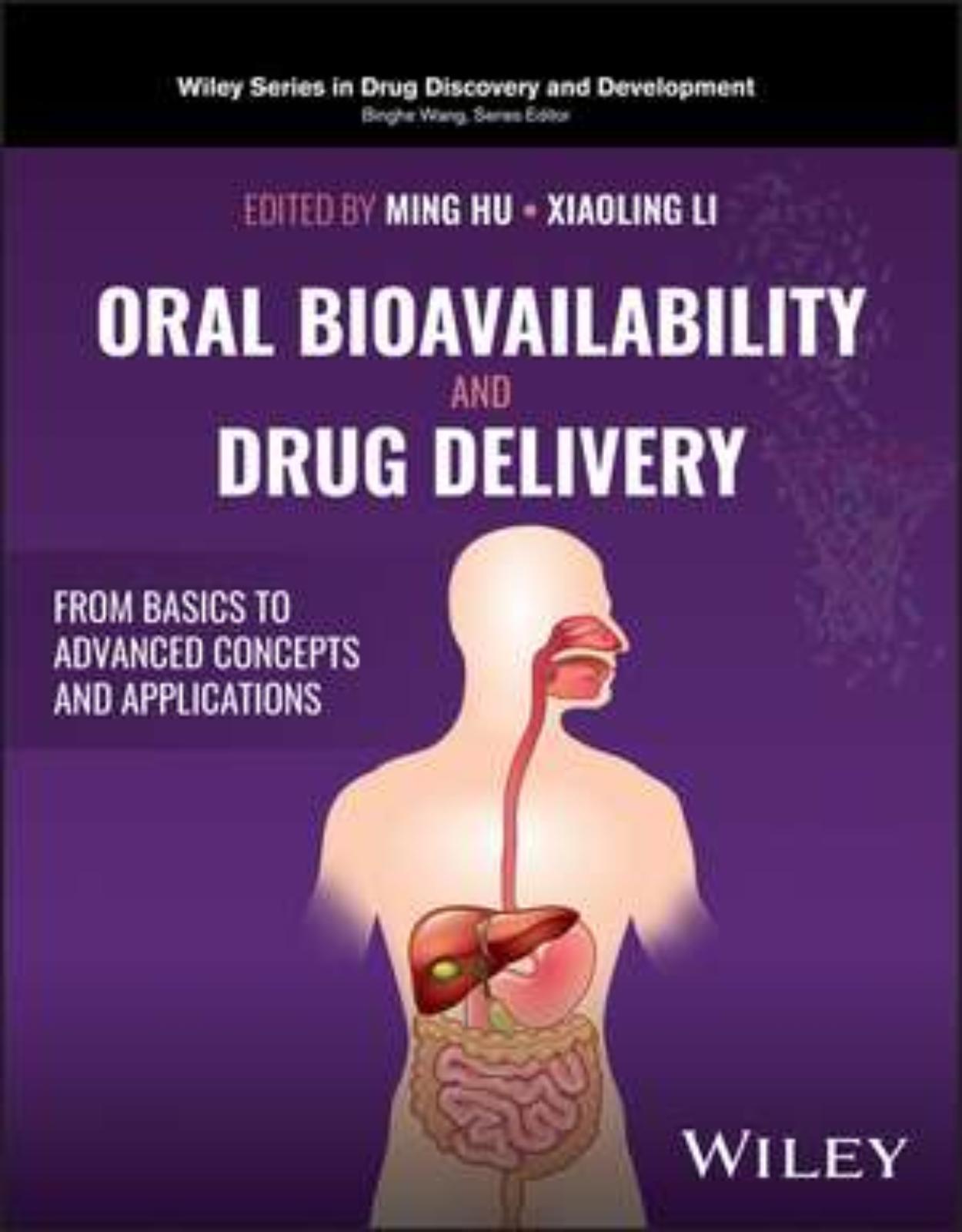
Oral Bioavailability and Drug Delivery
Livrare gratis la comenzi peste 500 RON. Pentru celelalte comenzi livrarea este 20 RON.
DESCRIPTION
Improve the performance and viability of newly-developed and approved drugs with this crucial guide
Bioavailability is the parameter which measures the rate and extent to which a drug reaches a user’s circulatory system depending on the method of administration. For example, intravenous administration produces a bioavailability of 100%, since the drugs are injected directly into the circulatory system; in the case of oral administration, however, bioavailability can vary widely based on factors which, if not properly understood, can result in a failure in drug development, adverse effects, and other complications. The mechanics of oral bioavailability are therefore critical aspects of drug development.
Oral Bioavailability and Drug Delivery provides a comprehensive introduction to this subject as well as its drug development applications. Beginning with foundations and basic terminology, it provides a thorough understanding of the challenges and barriers to oral bioavailability as well as the possibilities for improving this parameter. The result is an indispensable tool for drug development research.
Oral Bioavailability and Drug Delivery readers will also find:
· Discussion questions in many chapters to facilitate comprehension
· Detailed discussion of topics including dissolution, absorption, metabolism, and more
· Real-world examples of methods in actions throughout
Oral Bioavailability and Drug Delivery is ideal for pharmaceutical scientists working in drug discovery and development; researchers in chemistry, biology, pharmacology, and other related fields; and graduate courses in drug development and delivery.
TABLE OF CONTENTS
List of Contributors xxix
Foreword xxxix
Preface xli
1 Barriers to Oral Bioavailability – An Overview 1
Ming Hu and Xiaoling li
1.1 Introduction 1
References 4
2 Solubility of Pharmaceutical Solids 5
Pramila Sharma, Yi Gao, Heran li, Bhaskara R. Jasti, Sanming li, and Xiaoling li
2.1 Introduction 5
2.2 Fundamentals of Solubility 6
2.3 Solubility and Oral Bioavailability 19
2.4 Strategies to Improve Solubility 21
2.5 Summary 24
Abbreviations 25
References 25
3 In Vitro Dissolution of Pharmaceutical Solids 31
Tze Ning Hiew and Paul W.S. Heng
3.1 Dissolution Theory and Fundamentals 31
3.2 Dissolution of Drug Products 34
3.3 In Vitro Dissolution Methods for Ensuring Quality of Commercial Drug Products 36
3.4 In Vitro Dissolution Methods in Product Development 38
3.5 Automation in Dissolution Testing and Prediction 40
3.6 Conclusions 42
References 42
4 Biological and Physiological Features of the Gastrointestinal Tract Relevant to Oral Drug Absorption 47
Paul C.L. Ho
4.1 Introduction 47
4.2 Biological Features of Gastrointestinal Tract 47
4.3 Physiological Features of Gastrointestinal Tract 51
4.4 Other Physiological Factors 54
4.5 Conclusion 56
References 56
5 Absorption of Drugs Via Passive Diffusion and Carrier-Mediated Pathways 61
Amit Kokate, Jae H. Chang, and Miki S. Park
Disclaimer 61
5.1 Introduction 61
5.2 Passive Diffusion 62
5.3 Carrier-Mediated Transport 67
5.4 Summary 75
References 75
6 Determinant Factors for Passive Absorption of Drugs 79
Wei Zhu and Mikolaj Milewski
6.1 Introduction 79
6.2 Fundamentals of Drug Absorption 79
6.3 Absorption Determining Factors 82
6.4 Rate Limiting Steps in Absorption and Prediction of Dosing Amount Absorbed 86
6.5 Overview of In Silico Prediction of Absorption and Pharmacokinetics for Oral Dosage Forms 88
6.6 Summary 89
References 90
7 Protein Binding and Drug Distribution 95
HaiAn Zheng and Marcel Musteata
7.1 Introduction 95
7.2 Protein–Drug Binding in Plasma 95
7.3 Modeling of Binding Equilibria 97
7.4 Bioanalytical Methods for Studying Drug–Protein Binding 98
7.5 Impact of Drug–Protein Binding on Pharmacokinetic Parameters 105
7.6 Physicochemical Factors that Affect Protein–Drug Binding and Drug Distribution 106
7.7 Physiological and Pathological Factors that Affect Protein–Drug Binding and Drug Distribution 107
References 107
8 Drug Transport Across the Placental Barrier 111
Valentina Bryant, Mansi Shah, Jennifer Waltz, and Erik Rytting
8.1 Introduction 111
8.2 Pharmacokinetics of Drugs Administered During Pregnancy 111
8.3 Placental Development and Structure 112
8.4 Functions of the Human Placenta 113
8.5 Mechanisms of Drug Transport Across the Placenta 114
8.6 Mechanisms of Drug Metabolism Within the Placenta 116
8.7 Strategies to Alter Drug Transport Across the Placenta 117
8.8 Experimental Models of the Human Placenta 118
References 122
9 Biopharmaceutics Classification System: Theory and Practice 131
Mehul Mehta, Jayabharathi Vaidyanathan, and Lawrence Yu
9.1 Introduction 131
9.2 Theory 131
9.3 BCS-based Biowaiver 134
9.4 BCS Waiver Case Studies 136
9.5 BCS: Additional Regulatory Applications 138
9.6 Summary 138
References 139
10 Effects of Food on Drug Absorption 141
Zhu Zhou, Venugopal P. Marasanapalle, Xiaoling Li, and Bhaskara R. Jasti
10.1 Introduction 141
10.2 Mechanisms of Food Effects 147
10.3 Prediction of Food Effects 149
10.4 Summary 149
Abbreviations 150
References 150
11 Drug Metabolism in Gastrointestinal Tract 155
Rashim Singh, Dinh Bui, and Ming Hu
11.1 Introduction 155
11.2 Role of Intestinal Efflux Transporters in the Drug Disposition 161
11.3 Drug Metabolism–Transporter Coupling in Drug Disposition in GIT 163
11.4 Factors Affecting Intestinal Drug Metabolism 168
11.5 Biopharmaceutics Drug Disposition Classification System 170
11.6 Metabolism-Based Drug–Drug and Drug–Natural Product Interactions 171
11.7 Metabolic Interactions Between Gut Microbiome and Drugs in GIT 173
11.8 Metabolism-Based Xenobiotic-Induced Toxicity 174
11.9 GIT Metabolism-Based Drug-Designing and Lead Optimization in Drug Development 174
11.10 Summary 175
Abbreviations 176
References 176
12 Liver Drug Metabolism 189
Ritika Kurian, Leslie T. Steen, and Hongbing Wang
12.1 Introduction 189
12.2 Hepatic Structure and Function 189
12.3 Phase I Drug Metabolism 191
12.4 Phase II Drug Metabolism 199
12.5 Novel Platforms for Drug Metabolism Studies 204
12.6 Drug Metabolism and Its Impact on Adverse Drug Reactions 205
12.7 Conclusion 207
References 207
13 Urinary Excretion of Drugs and Drug Reabsorption 213
Jessica T. Babic, Jack Cook, and Vincent H. Tam
13.1 Introduction 213
13.2 Kidney as an Eliminating Organ 213
13.3 Drug Transporters and Their Role in Renal Elimination 220
13.4 Renal Elimination and Bioavailability 222
13.5 Augmented Renal Clearance 227
References 228
14 Excretion of Drugs and Their Metabolites into the Bile 233
Song Gao, Imoh Etim, Robin Sunsong, Christabel Ebuzoeme, Ting Du, and Dinh Bui
14.1 Introduction 233
14.2 Anatomy and Physiology of the Liver and Biliary System 234
14.3 Biliary Excreted Drugs and Metabolites 235
14.4 Impact of Biliary Excretion on ADME and Pharmacokinetics 235
14.5 Hepatic Transporters Involved in Biliary Excretion 245
14.6 Factors Affecting Biliary Secretion 248
14.7 Biliary Excretion Research Models 250
14.8 Concluding Remarks 255
Abbreviations 255
References 255
15 Pharmacokinetic Behaviors of Orally Administered Drugs 267
Hamdah Al Nebaihi, Dion R. Brocks, Jaime A. Yáñez, Marcus Laird Forrest, and Neal M. Davies
Objectives 267
15.1 Introduction 267
15.2 Physicochemical Factors Affecting Oral Concentration Time Profiles 274
15.3 Physiological Factors Affecting Oral Concentration Time Profiles 281
15.4 Food-Effects and Oral Concentration Time Profiles 296
15.5 The Impact of the Lymphatic System on Oral Bioavailability 298
15.6 Summation 303
Abbreviations 304
References 304
16 In Vitro-In Vivo Correlations of Pharmaceutical Dosage Forms 315
Deliang Zhou and Yihong Qiu
16.1 Introduction 315
16.2 Categories of In Vitro-In Vivo Correlations 316
16.3 Convolution and Deconvolution 317
16.4 Development and Assessments of an IVIVC 321
16.5 Applications of an IVIVC 324
16.6 Challenges 325
16.7 Physiologically Based Biopharmaceutics Models (PBBM) 326
16.8 Summary 328
References 329
17 Advanced Concepts in Oral Bioavailability Research – An Overview 333
Baojian Wu, Min Chen, and Ming Hu
Abbreviations 336
References 336
18 Expression and Pharmaceutical Relevance of Intestinal Transporters 339
Melanie A. Felmlee, Michael Ng, and Annie Lee
18.1 Introduction 339
18.2 Intestinal Drug Transport 340
18.3 Uptake Transporters 341
18.4 Efflux Transporters 350
18.5 Summary 353
References 353
19 Amino Acid Transporters 361
Liping Wang, Xiaoyan Li, Mengdi Ying, Ming Hu, and Zhongqiu Liu
19.1 Introduction 361
19.2 Classification of Amino Acid Transporters and their Functions 364
19.3 Epithelial Amino Acid Transporters 372
19.4 Endothelial Amino Acid Transporters 378
19.5 Regulation of Amino Acid Transport 380
19.6 Conclusion 382
Abbreviations 382
References 383
20 Drug Transporters and Their Role in Absorption and Disposition of Peptides and Peptide-Based Pharmaceuticals 393
David J. Lindley, Stephen M. Carl, Dea Herrera-Ruiz, Li F. Pan, Lori B. Ward, Jonathan M.E. Goole, Olafur S. Gudmundsson, Matthew Behymer, and Gregory T. Knipp
20.1 Introduction 393
20.2 Transport Systems Mediating Peptide-based Pharmaceutical Absorption and Disposition: The Solute Carrier (SLC) Family 397
20.3 ATP Binding Cassette (ABC) Transporters 399
20.4 Gastrointestinal Tract-Specific Transporter Activity 400
20.5 Conclusions 407
Acknowledgments 408
References 408
21 OATP Transporters in Hepatic and Intestinal Uptake of Orally Administered Drugs 417
Wei Yue, Taleah Farasyn, Alexandra Crowe, Khondoker Alam, Lucila Garcia-Contreras, Yifan Tu, and Lu Wang
21.1 Introduction 417
21.2 Hepatic OATP1B1 and OATP1B 3 417
21.3 OATP2B1 in the Intestine 420
21.4 OATP1A2 in the intestine 421
21.5 Summary 422
Acknowledgement 422
References 422
22 ABC Transporters in Intestinal and Liver Efflux 429
Marilyn E. Morris and Tianjing Ren
22.1 Introduction 429
22.2 Apical Membrane Efflux Proteins 430
22.3 Basolateral/Lateral Membrane Efflux Proteins 442
22.4 Clinical Relevance of ABC Transporters in Oral Bioavailability of Drugs 444
22.5 Pharmacogenomics of ABC Transporters 445
22.6 Regulation of Efflux Transporters 445
22.7 Summary 446
Abbreviations 446
Acknowledgments 447
References 447
23 Interplay Between Metabolic Enzymes and Transporters 455
Zuoxu Xie, Lu Wang, Zicong Zheng, Yifan Tu, Yi Rong, Ming Hu, and Stephen Wang
23.1 Pathways and Functions of Drug Metabolic Enzymes and Transporters 455
23.2 Interplay Between Metabolic Enzymes and Transporters 462
23.3 Conclusion 467
References 468
24 Systemic Versus Local Bioavailability Enabled by Recycling 473
Yifan Tu, Lu Wang, and Ming Hu
24.1 Introduction 473
24.2 Systemic Bioavailability 473
24.3 Local Bioavailability 474
24.4 Factors Affecting Bioavailability 474
24.5 Enterohepatic Recycling (EHR) 475
24.6 Hepatoenteric Recycling (HER) 479
24.7 Enteroenteric Recycling (EER) 480
24.8 Summary 480
References 480
25 Intestinal Microbiome and Its Impact on Metabolism and Safety of Drugs 483
Xin Y. Chu and Paul C.L. Ho
25.1 Introduction 483
25.2 Direct Metabolism by Intestinal Microbiome 483
25.3 Indirect Mechanisms Affecting Drug Metabolism 489
25.4 Impact of Intestinal Microbiome on Drug Treatment in Clinical Practice 492
25.5 Conclusion and Future Perspectives 492
References 493
26 Drug–Drug Interactions and Drug–Dietary Chemical Interactions 501
Mengbi Yang, Yuanfeng Lyu, and Zhong Zuo
26.1 Introduction 501
26.2 Drug–Drug Interactions (DDIs) 501
26.3 Drug–Dietary Chemical Interactions in Oral Bioavailability 510
26.4 Summary 517
Abbreviations 517
References 518
27 Regulatory Considerations in Metabolism- and Transport-Based Drug Interactions 523
Xinning Yang, Sue-Chih Lee, Xinyuan Zhang, and Lei Zhang
Disclaimer 523
27.1 Overview of Drug–Drug Interactions 523
27.2 Regulatory Recommendations of DDI Studies 527
27.3 Highlights of the Final Guidances for Industry: In Vitro and Clinical Drug Interaction Studies – Cytochrome P450 Enzyme- and Transporter-Mediated Drug Interactions 528
27.4 Role of Physiologically Based Pharmacokinetic (PBPK) Modeling in DDI Assessment 544
27.5 A Labeling Example to Illustrate the Translation of Complicated Drug Interaction Results to Labeling: Tipranavir 547
27.6 Examples to Illustrate the Use of PBPK in Supporting Labeling for Drugs that are Dual CYP3A/P-GP Substrates 549
27.7 Summary 549
Acknowledgement 550
References 550
28 Formulation Approaches to Improve Oral Bioavailability of Drugs 559
Zeren Wang, Chandan Bhugra, and Shun Chen
28.1 Introduction 559
28.2 Theoretical Considerations for Formulation Development of Poorly Water-Soluble Drugs 560
28.3 Formulation Considerations for the Development of Poorly Water-Soluble Drugs 563
28.4 Other Formulation Approaches 571
References 571
29 Lipid-Based and Self-Emulsifying Oral Drug Delivery Systems 575
Pushkaraj Wagh, Jonathan Moreno, Christopher Nayar, and Jeffrey Wang
29.1 Introduction 575
29.2 Lipid-based Drug Delivery Systems 575
29.3 Advantages and Limitations of Lipid-Based and Self-Emulsifying Drug Delivery Systems 586
29.4 Summary 586
References 586
30 Oral Delivery of Nanoparticles: Challenges and Opportunities 591
Qing Lin, Ling Zhang, and Zhirong Zhang
30.1 Introduction 591
30.2 Role of Nanoparticle Shape, Size, and Surface in Oral Delivery of Nanoparticles 592
30.3 Characterization Methods of Nanoparticles for Oral Delivery 593
30.4 State-of-the-Art Carriers Designed and Applied in Oral Delivery of Nanoparticles 594
30.5 Challenges and Coexisting Opportunities 594
References 595
31 Oral Delivery of Therapeutic Peptides: Strategies for Product Development 599
Puchun Liu
31.1 Introduction 599
31.2 Overview of Approaches to Enabling Oral Peptide Delivery 604
31.3 Observation and Data Analysis of Low BA with Large Variabilities 607
31.4 Recommended Strategies for Oral Peptide Product Development 609
Abbreviations 613
References 613
32 Prodrugs to Improve Oral Delivery 619
Arjun D. Patel, Shuchi Gupta, and Mamoun Alhamadsheh
32.1 Introduction 619
32.2 Factors Associated With Oral Drug Absorption 620
32.3 Intestinal Physiology and Background 620
32.4 Strategies to Improve the Bioavailability of Orally Administered Drugs 621
32.5 Prodrug Overview and Classification 622
32.6 Prodrug Strategies to Improve Aqueous Solubility 630
32.7 Prodrug Approaches for Enhancing Absorption 631
32.8 Prodrug Approaches for Targeting Enzymes 631
32.9 Prodrug Approaches for Targeting Membrane Transporters 632
32.10 Conclusion 633
Abbreviations 634
References 634
33 Gastroretentive Drug Delivery Systems 637
Vrushali Waknis and Ajit S. Narang
33.1 Introduction 637
33.2 Oral Drug Delivery – Challenges and Opportunities 637
33.3 Human Gastric Physiology Relevant to GRDDS Design 638
33.4 Technologies 639
33.5 New Drug Development Considerations 645
33.6 Commercial GRDDS Products and Investigational New Products 649
33.7 Future Outlook 653
Acknowledgments 654
References 654
34 Enhancing Oral Bioavailability Using 3D Printing Technology 657
Timothy Tracy, Senping Cheng, Lei Wu, Xin liu, and Xiaoling li
34.1 Introduction 657
34.2 3D Printing in Pharmaceutical Applications 657
34.3 Novel Tablet Structures Possible with 3D Printing 660
34.4 Application of 3D Printing in Oral Bioavailability Enhancement 663
34.5 Future Outlook for 3D Printing and Bioavailability Enhancement 672
34.6 Summary 673
References 673
35 Anatomical and Physiological Factors Affecting Oral Drug Bioavailability in Rats, Dogs, Monkeys, and Humans 677
Ayman El-Kattan
35.1 Introduction 677
35.2 Determinants of Oral Bioavailability 677
35.3 Summary 691
References 691
36 In Vivo Methods for Oral Bioavailability Studies 701
Ana Ruiz-Garcia and Marival Bermejo
36.1 Introduction 701
36.2 Factors that Affect Oral Availability 701
36.3 In Vivo Animal Techniques 706
36.4 Animals Used in Bioavailability Studies 706
36.5 General Considerations for Blood Sampling 708
36.6 Statistical Considerations for Data Handling. (AUC Calculations in Sparse Sampling Designs) 708
36.7 Practical Examples in Rat Model 709
36.8 Intestinal Perfusion (see also Chapter 42) 710
36.9 Mathematical Considerations 711
References 712
37 Caco-2 Cell Culture Model for Oral Drug Absorption 715
Kaustubh Kulkarni, Lu Wang, and Ming Hu
37.1 Introduction 715
37.2 Description 717
37.3 Utility 719
37.4 Recent Progress 720
37.5 Significance of Caco-2 Cell Culture Model in Drug Discovery and Development 722
37.6 Example 722
37.7 Concluding Remarks 727
References 727
38 OATP Overexpressed Cells and Their Use in Drug Uptake Studies 729
Lu Wang, Zuoxu Xie, Yifan Tu, and Ming Hu
38.1 Introduction to OATP Cell Assay 729
38.2 Materials 731
38.3 Methods 731
38.4 Data Analysis 732
38.5 Notes 733
References 735
39 Use of Human Intestinal and Hepatic Tissue Fractions and Microbiome as Models in Assessment of Drug Metabolism and its Impact on Oral Bioavailability 737
Hani Zaher and George Zhang
39.1 Introduction 737
39.2 Gastrointestinal Tract and Absorption (see Also Chapter 5) 737
39.3 Mechanisms of Drug Absorption and Concept of Oral Bioavailability (see also Chapters 4–6) 738
39.4 Intestinal Metabolism and Oral Bioavailability (see Also Chapter 11) 739
39.5 In Vitro Systems Applied to Assess Intestinal Metabolism 740
39.6 In Vitro Systems Applied to Assess Human Hepatic First-Pass Metabolism (see Also Chapter 12) 743
39.7 Long-Term Hepatocyte Culture and Slow Metabolizing Drug Candidate 745
39.8 Microbiome and Absorption: A New Perspective 747
39.9 Summary 748
Acknowledgments 748
Abbreviations 749
References 749
40 Liver Perfusion and Primary Hepatocytes for Studying Drug Metabolism and Metabolite Excretion 757
Paresh P. Chothe, Sean Xiaochun Zhu, Sandeepraj Pusalkar, Chuang Lu, and Cindy Xia
40.1 Introduction 757
40.2 Liver Perfusion 758
40.3 Primary Hepatocytes 762
40.4 Organ Perfusion Versus Hepatocyte Studies 771
40.5 Perspectives 772
Acknowledgements 772
Abbreviations 772
References 772
41 Determination of Regulation of Drug Metabolizing Enzymes and Transporters 779
Sergio C. Chai, Taosheng Chen, and Wen Xie
41.1 Introduction 779
41.2 In vivo Methods 779
41.3 In vitro Methods 784
41.4 Biochemical, Biophysical and Structural Analysis of NRs Using Purified Proteins 789
41.5 Conclusions 796
Acknowledgments 796
References 796
42 Intestinal Perfusion Methods for Oral Drug Absorptions 801
li li, Dinh Bui, Wei Zhu, and Eun-Jung (Zenobia) Jeong
42.1 Introduction 801
42.2 Application and Recent Development of the Intestinal Perfusion Method 801
42.3 Data Interpretation and Method Comparison 803
42.4 Common In Vitro Methods Studying Intestinal Permeability and Metabolism 803
42.5 Summary 807
42.6 Methodologies and Experimental Data Analysis 807
Acknowledgment 813
References 815
43 In Silico Prediction of Oral Drug Absorption 819
Jin Dong, Zhu Zhou, Yujuan Zheng, and Miki Susanto Park
43.1 Introduction 819
43.2 QSPR Modeling 819
43.3 PBPK Modeling 821
43.4 PBBM Modeling as a Subset of PBPK Modeling 823
43.5 Applications of PBPK/PBBM Modeling 824
43.6 PBPK Software 827
43.7 Summary 839
References 839
44 Computational Modeling of Drug Oral Bioavailability 843
Lon W.R. Fong, Beibei Huang, Rajan Chaudhari, and Shuxing Zhang
44.1 Introduction 843
44.2 Computational Modeling of Bioavailability 844
44.3 Conclusions 851
Acknowledgment 852
References 852
45 Blood–Brain Barrier Permeability Assessment for Small-Molecule Drug Discovery Using Computational Techniques 857
Yankang Jing and Xiang-Qun Xie
45.1 Introduction 857
45.2 Basic Principle of the BBB Permeation 857
45.3 Role of the BBB in Drug Delivery 858
45.4 Experimental Methods for Assessing BBB Permeability 858
45.5 Computational Method to Predict BBB Permeability 859
Abbreviations 867
References 867
Index 871
| An aparitie | apr 2024 |
| Autor | M Hu |
| Editura | Wiley |
| Format | Hardcover |
| ISBN | 9781119660651 |
| Limba | Engleza |
| Nr pag | 928 |

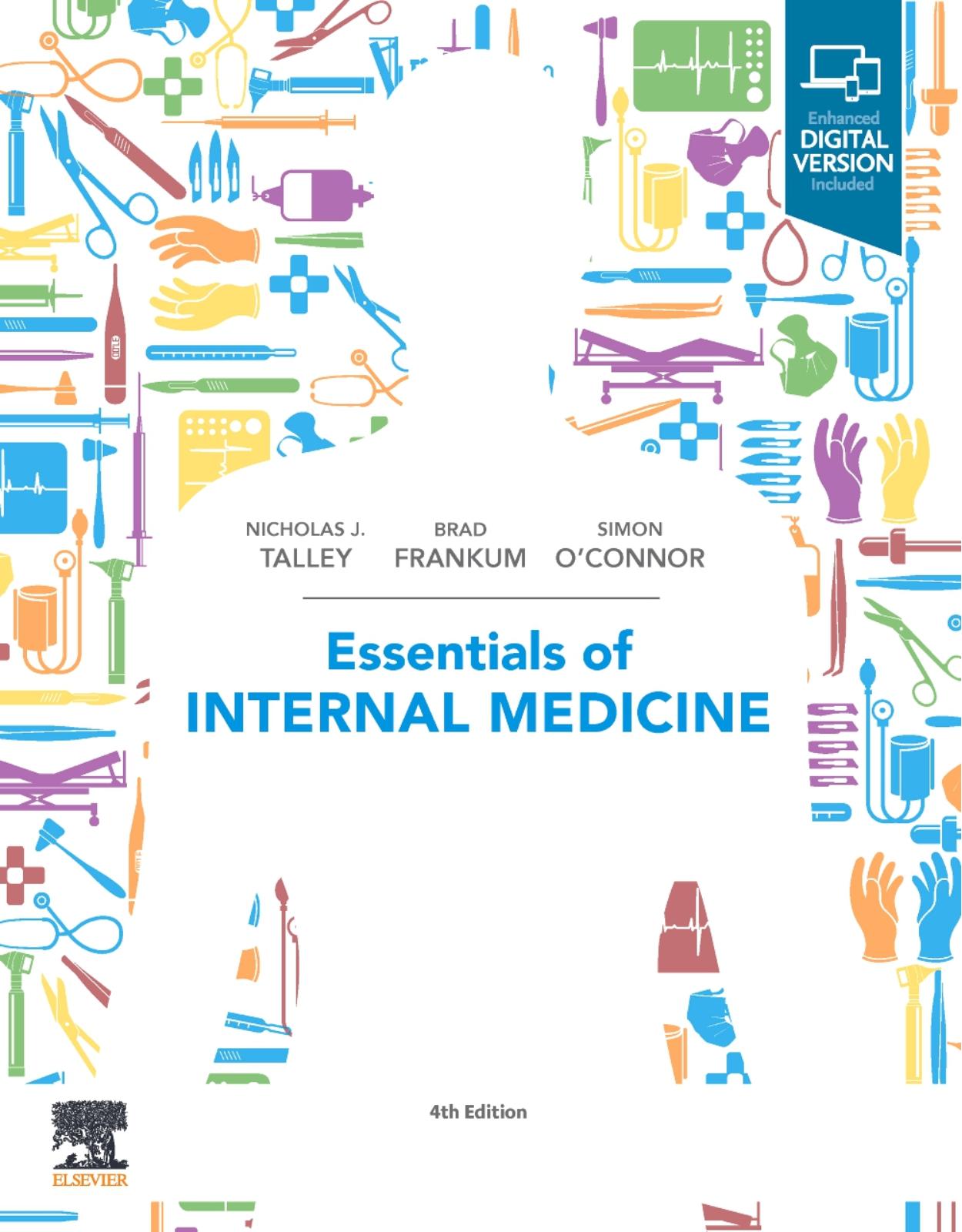
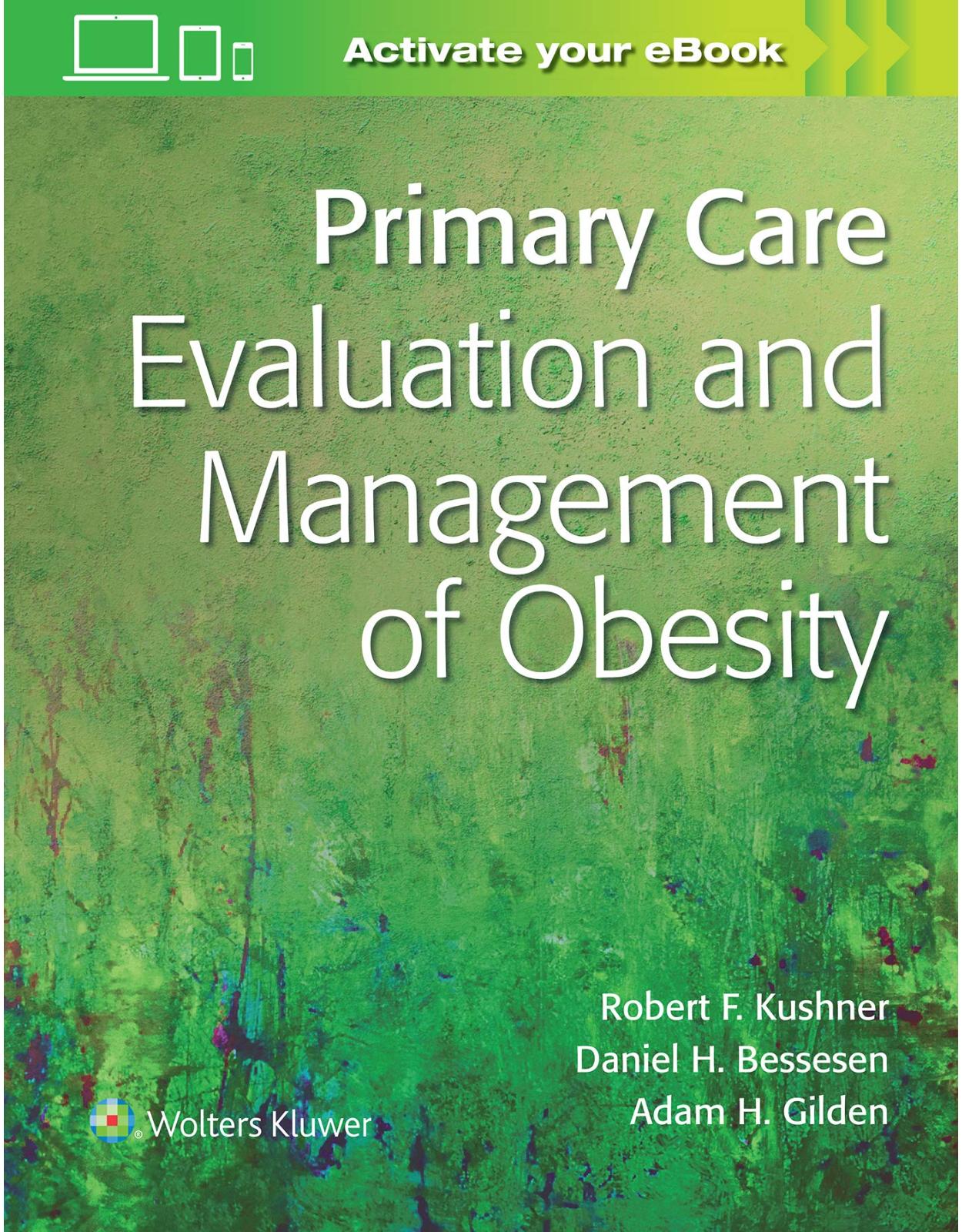
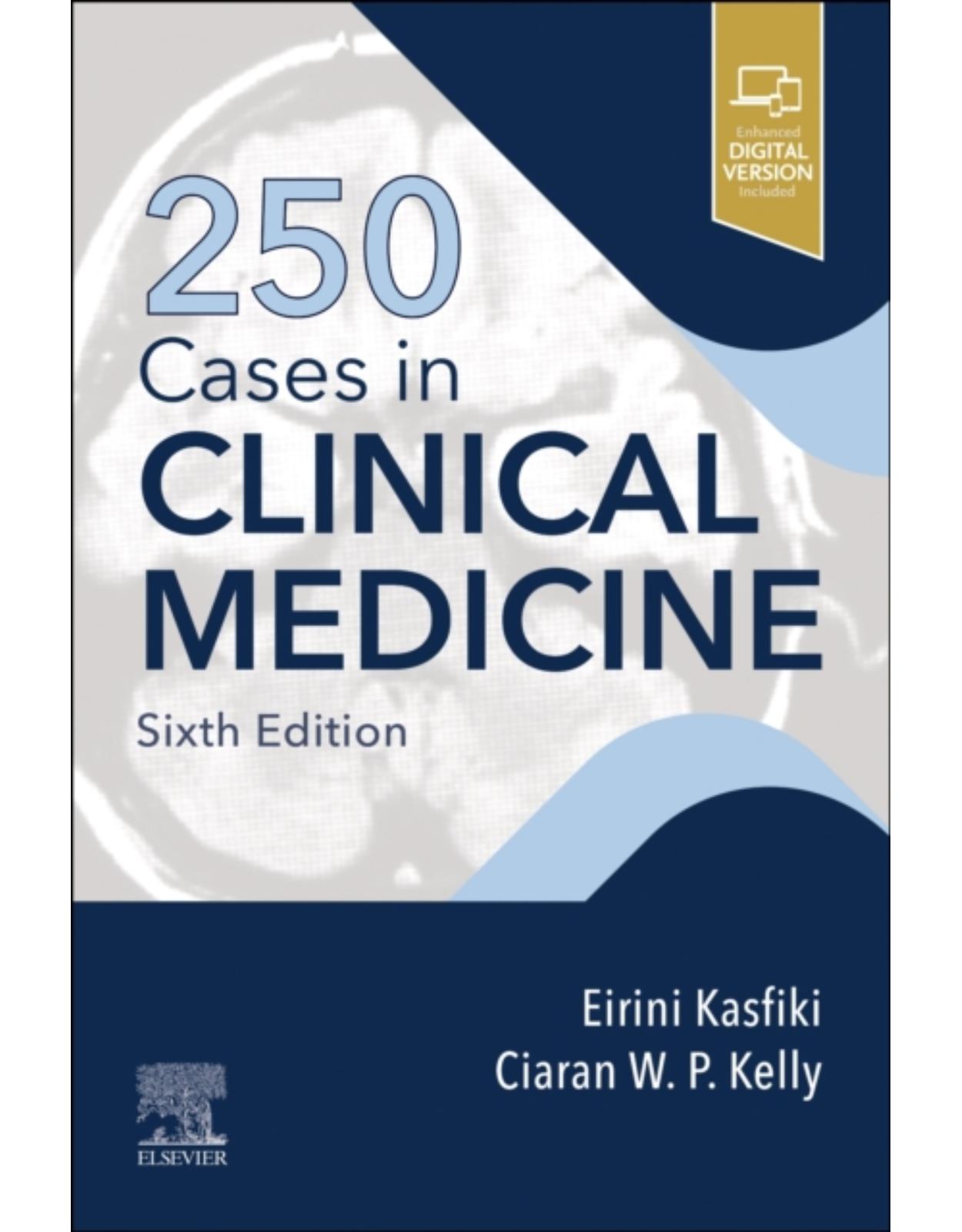
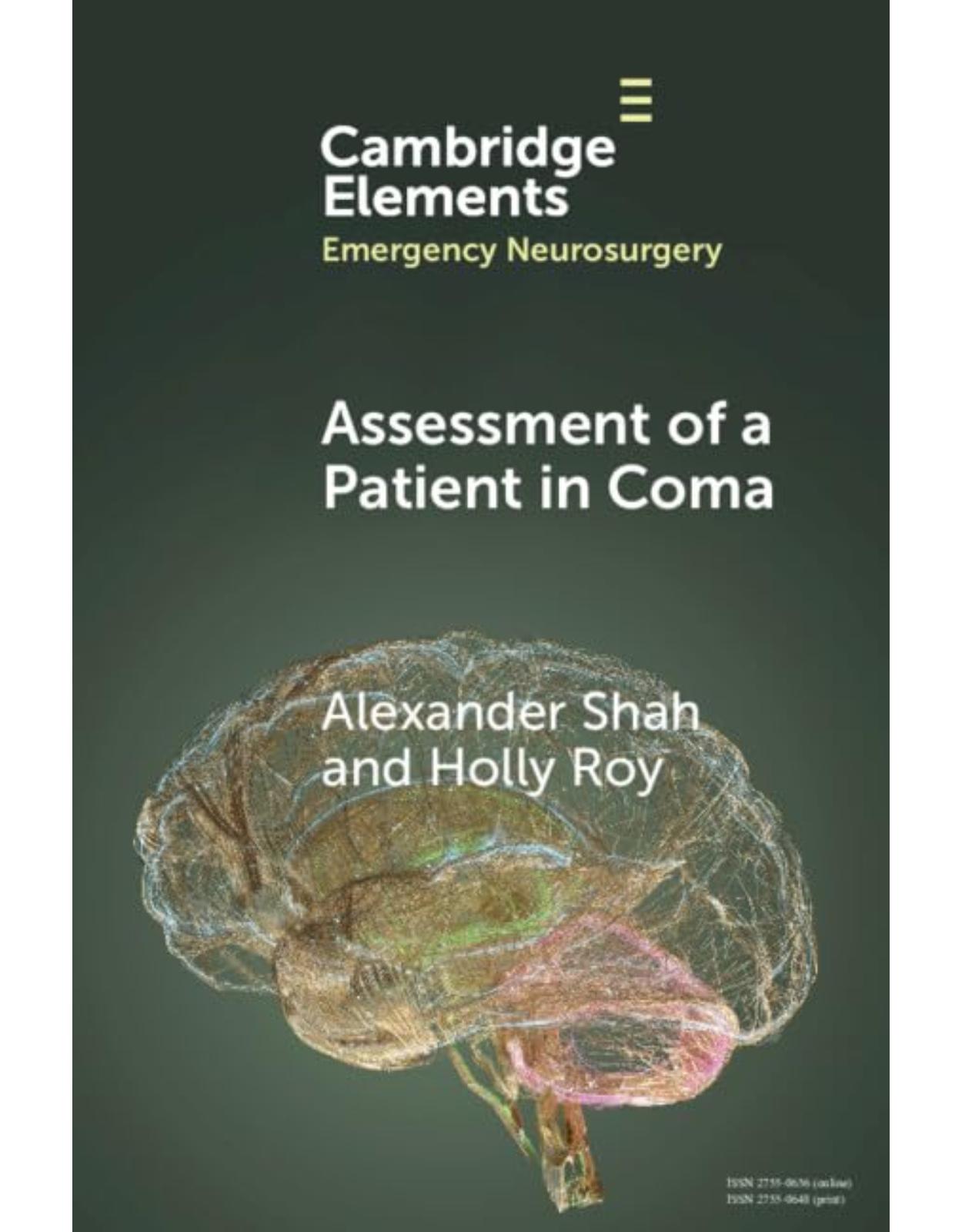
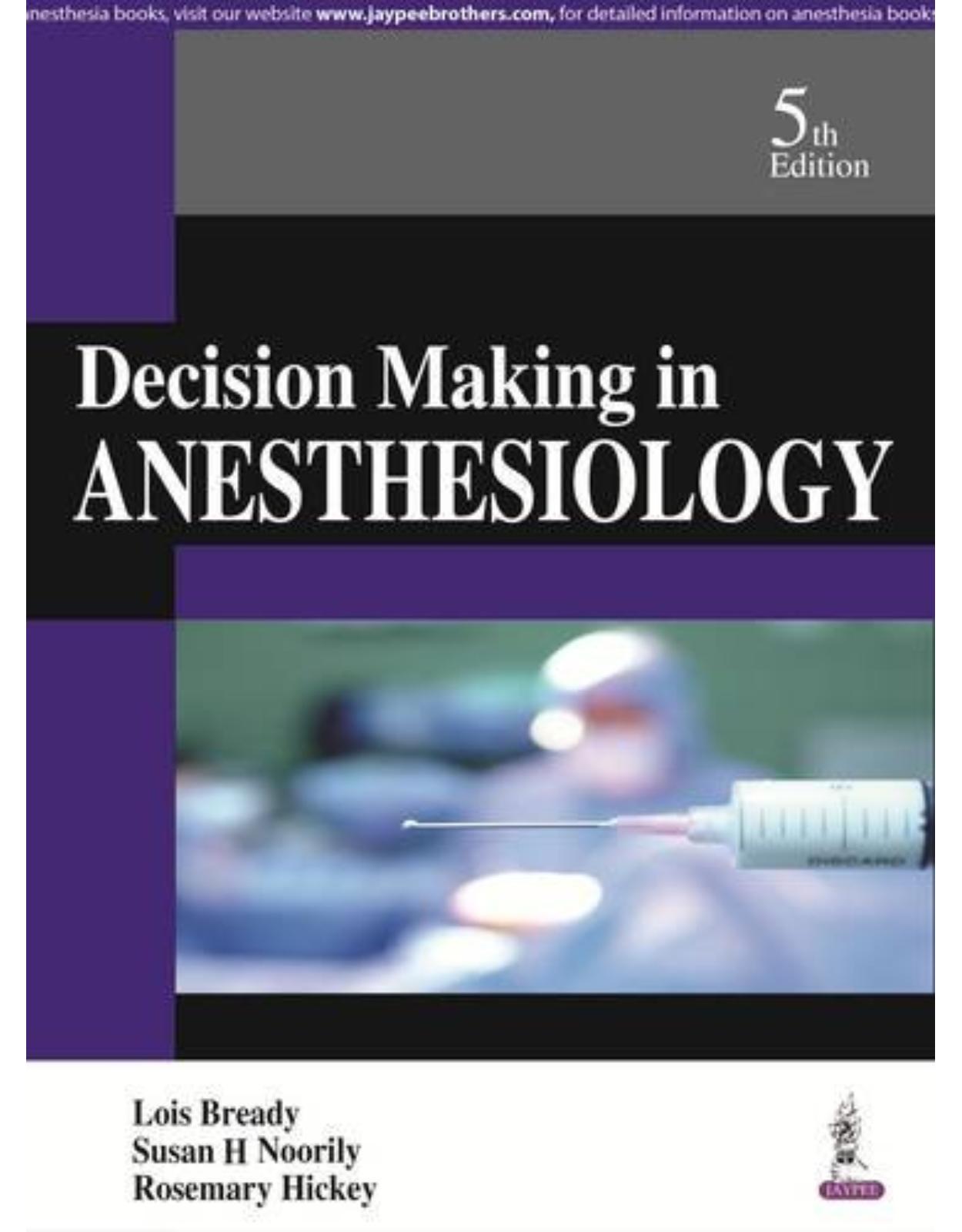
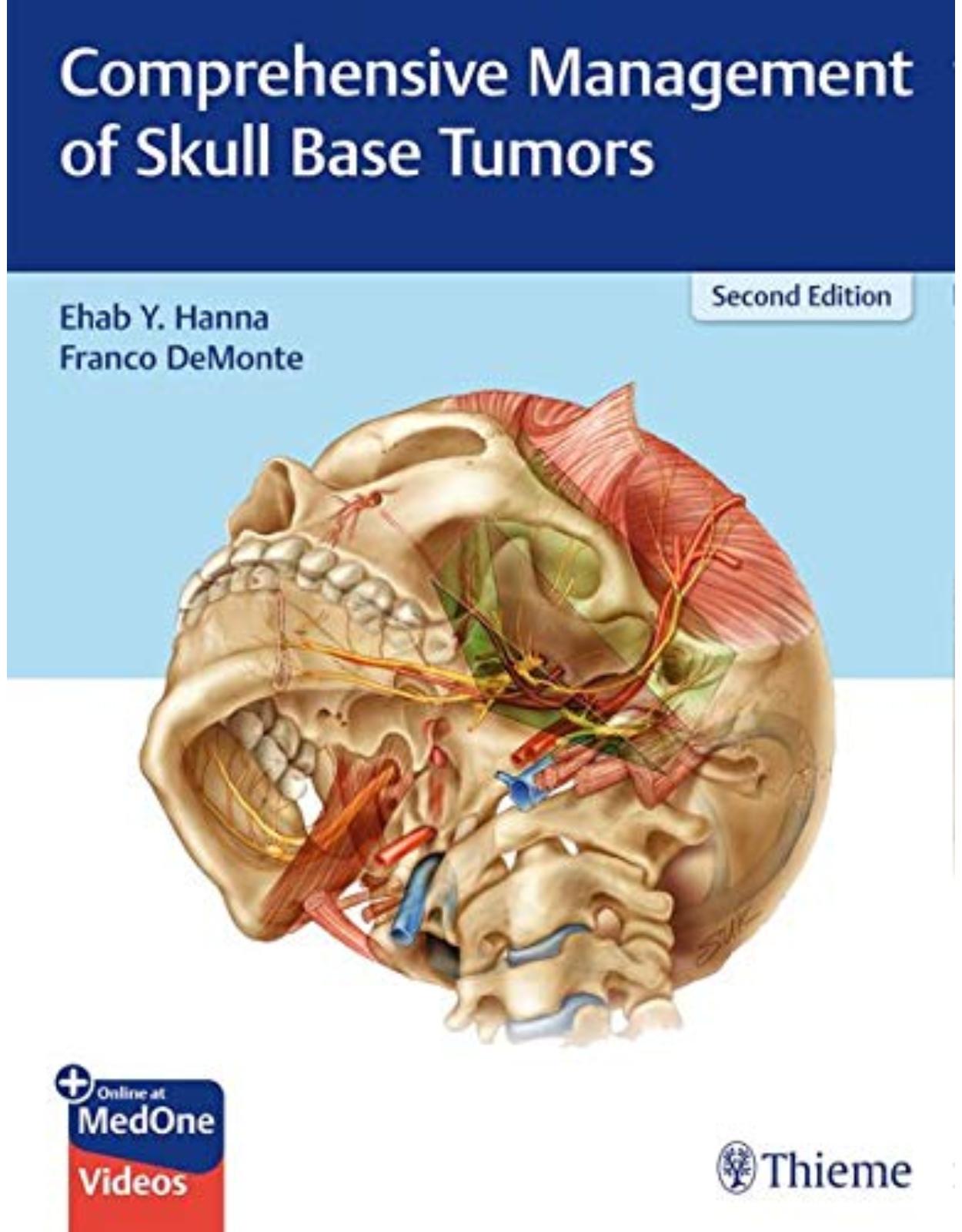
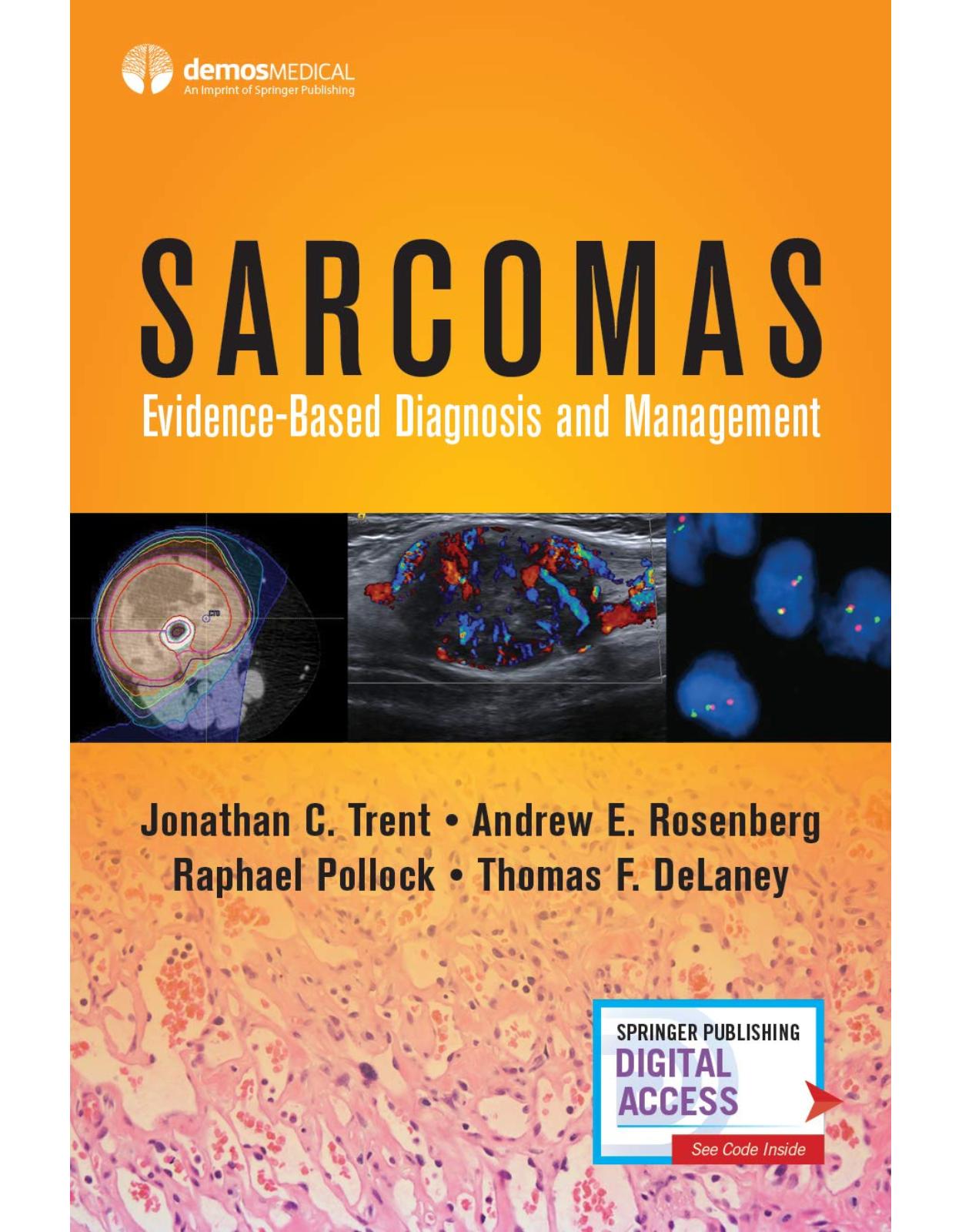
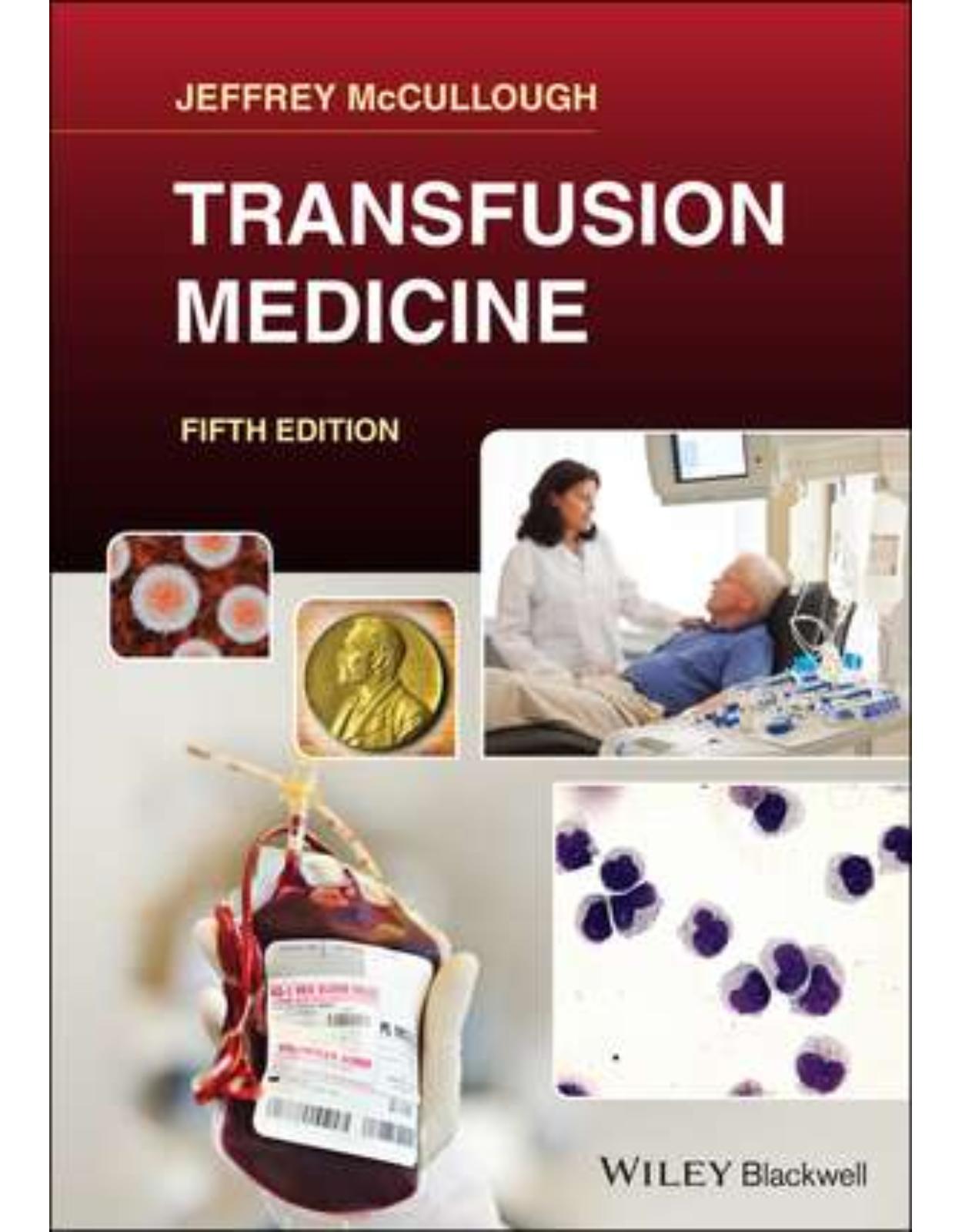
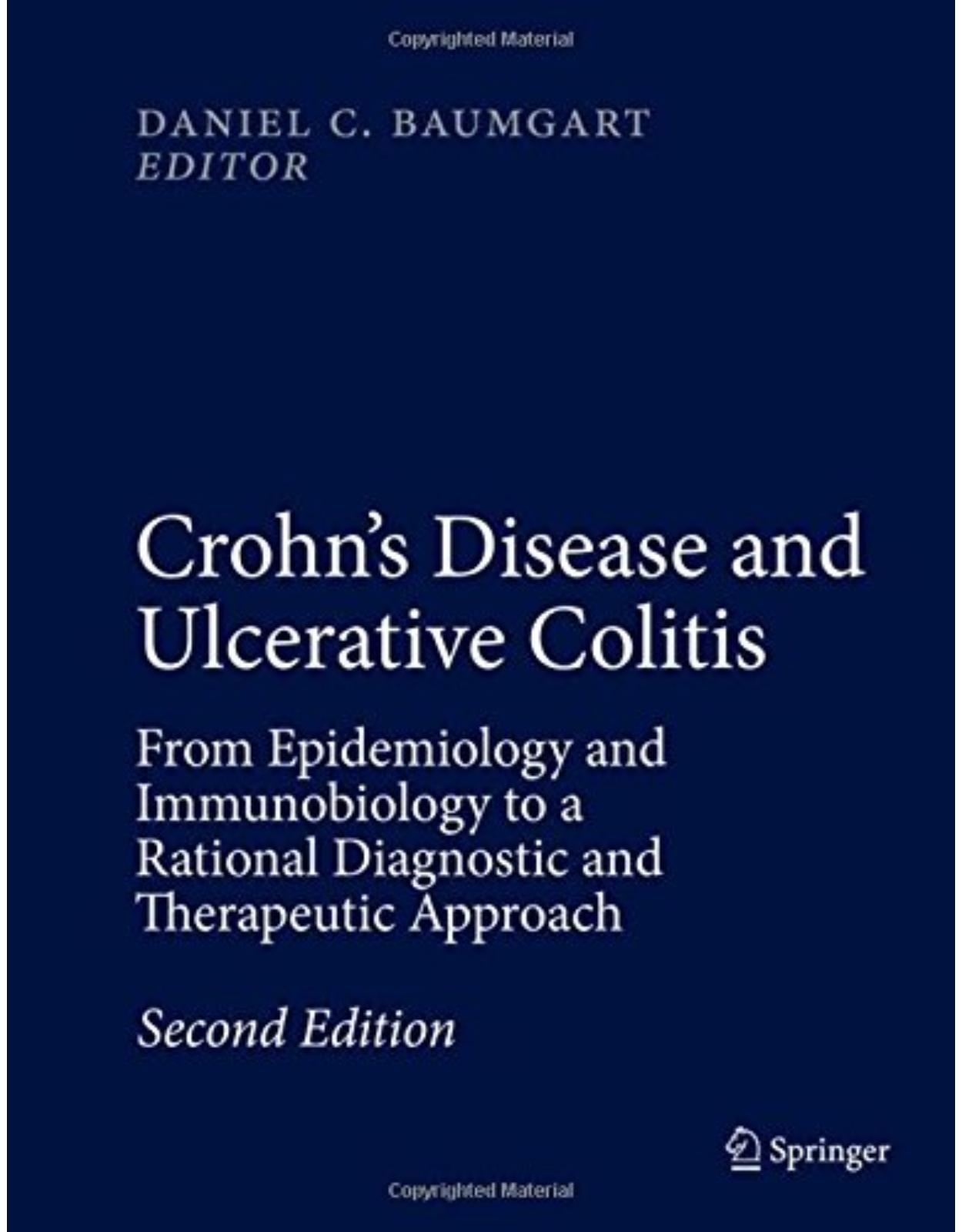
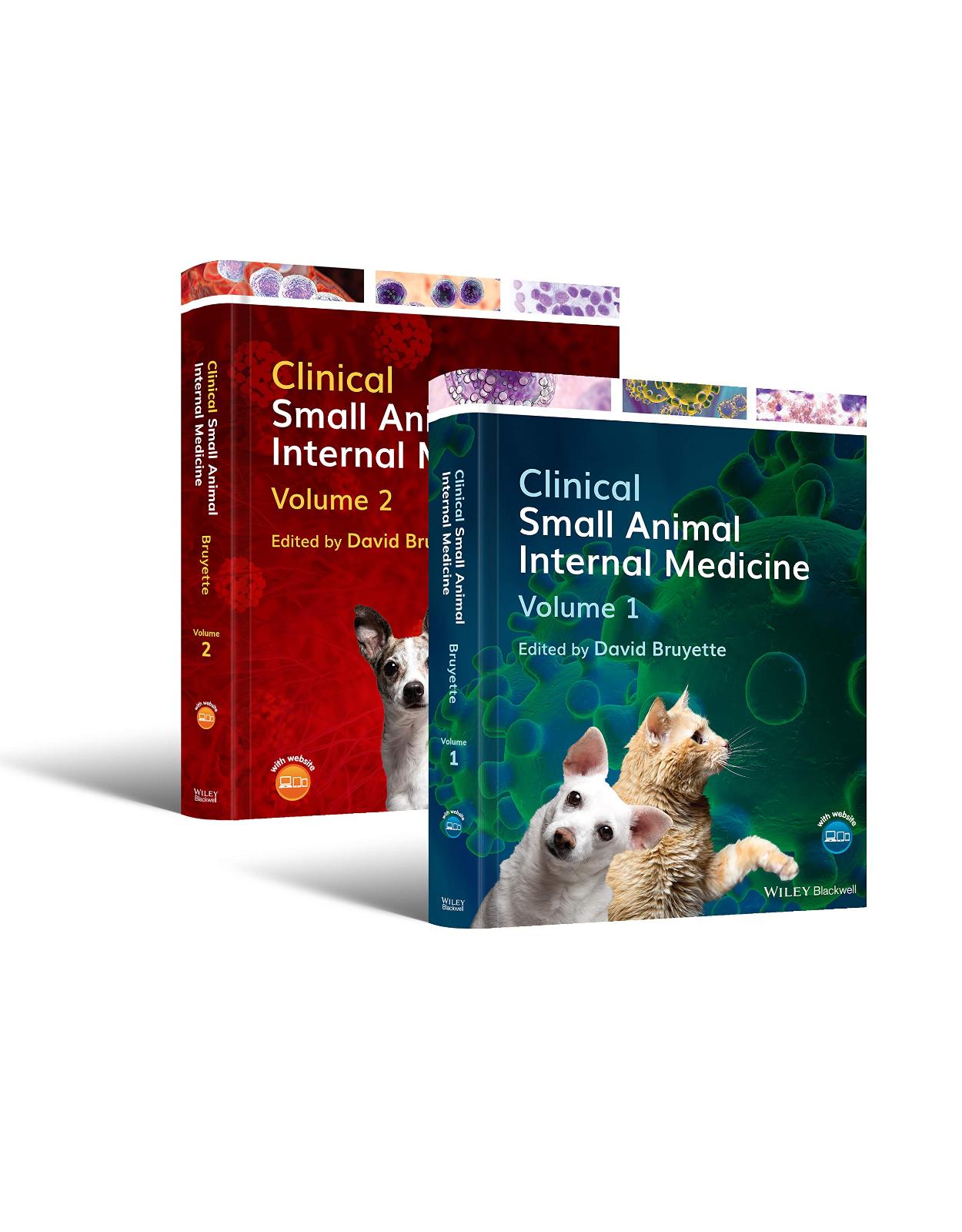
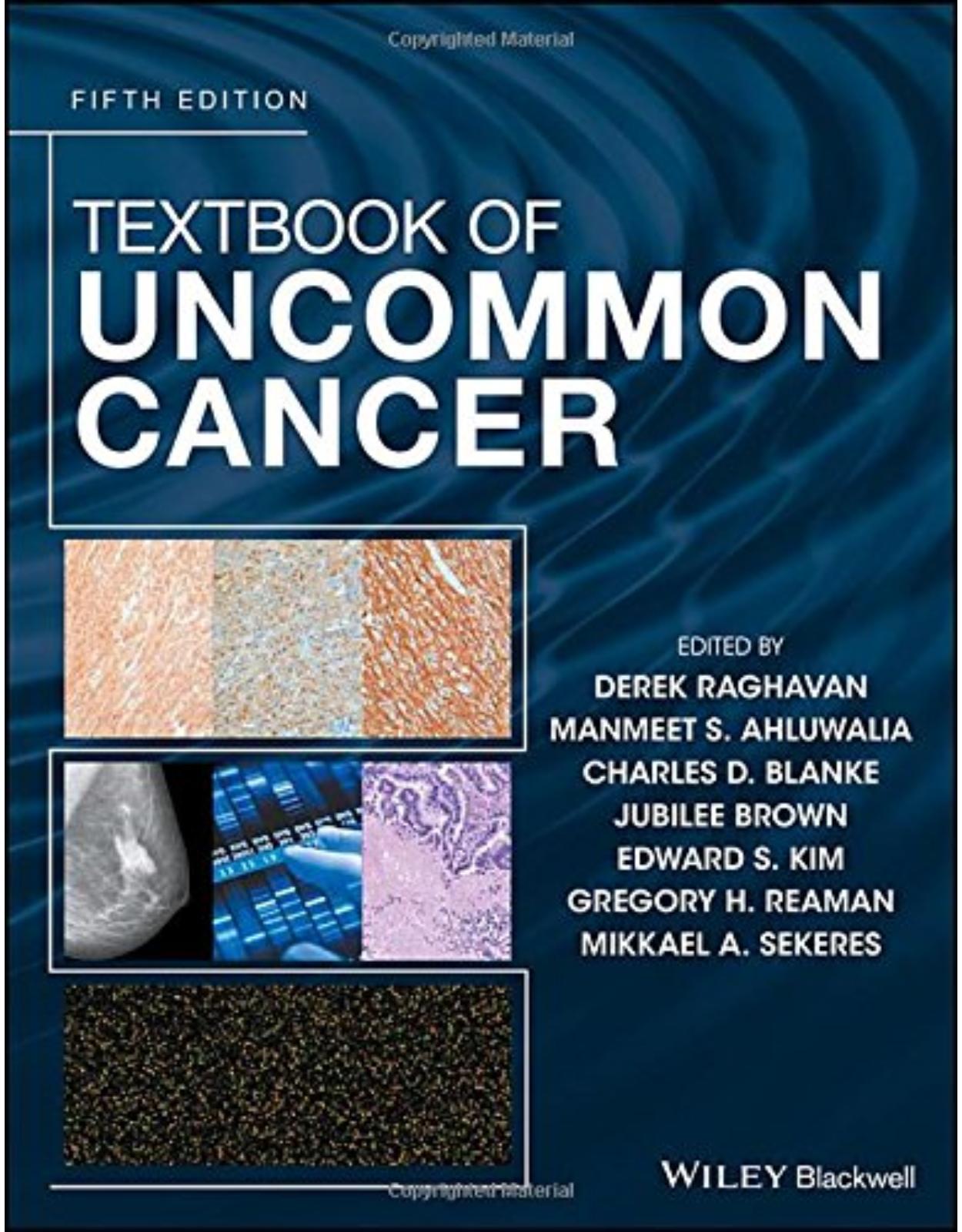
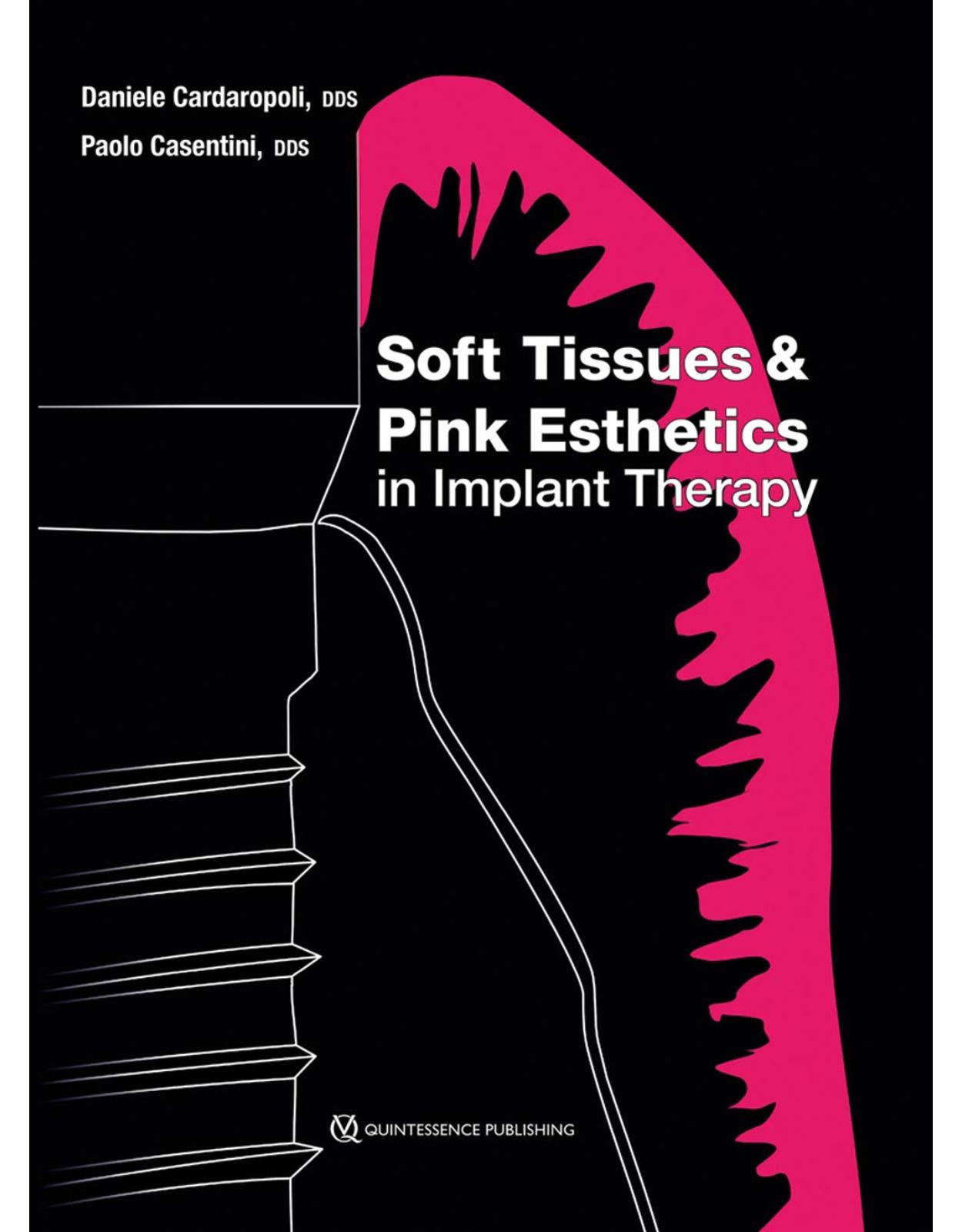
Clientii ebookshop.ro nu au adaugat inca opinii pentru acest produs. Fii primul care adauga o parere, folosind formularul de mai jos.